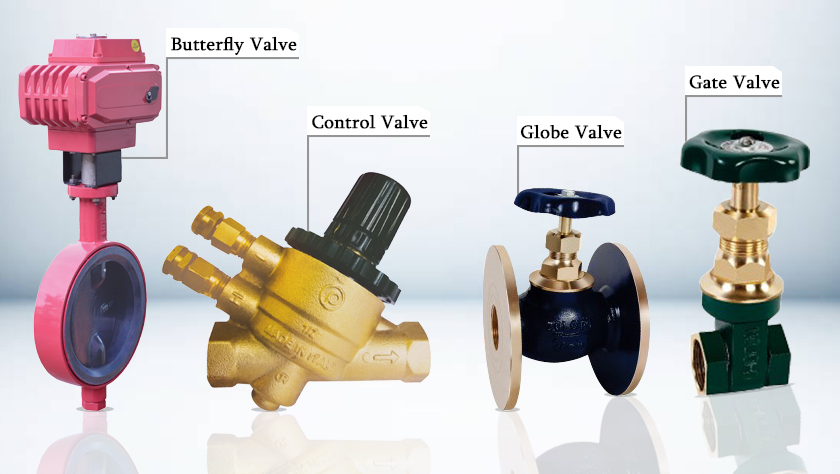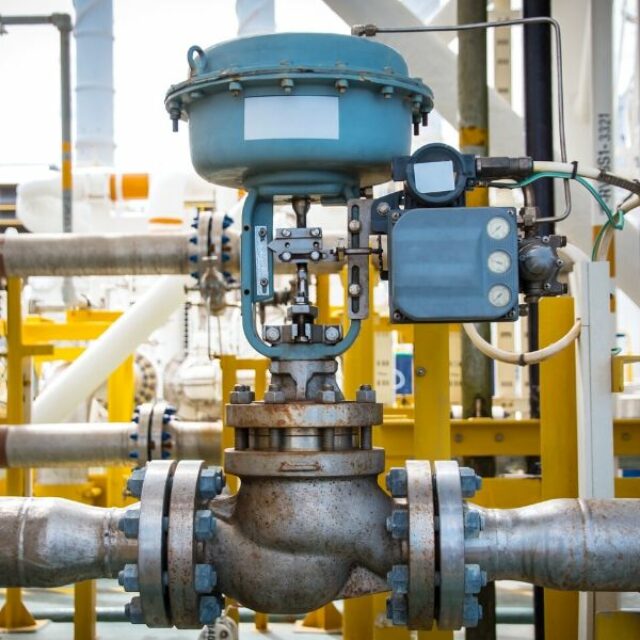Enhancing Functional Efficiency with Advanced Control Valves
Enhancing Functional Efficiency with Advanced Control Valves
Blog Article

Maximize Energy Cost Savings and Convenience With Advanced Building Automation Controls
In the realm of modern design and center management, the combination of sophisticated building automation manages stands as a pivotal advancement. By utilizing the power of automation, buildings can adjust, react, and evolve in methods that were when unimaginable.
Energy Performance Conveniences
Energy effectiveness benefits can substantially lower power consumption and operational costs in structures. By implementing energy-efficient practices and innovations, structure proprietors and drivers can attain substantial cost savings while likewise adding to environmental sustainability. Among the key benefits of improving power performance in buildings is the decrease of energy expenses. Energy-efficient systems, such as innovative building automation controls, can optimize using resources like lighting, heating, and cooling, resulting in lower energy expenditures in time.
Additionally, improved energy effectiveness can prolong the life-span of structure devices and systems. By operating a lot more effectively, a/c systems, lighting fixture, and various other building parts experience less wear and tear, causing minimized maintenance and substitute expenses. In addition, energy-efficient buildings commonly command greater residential or commercial property worths and rental rates, providing lasting financial advantages to owners.
Moreover, power effectiveness can boost resident comfort and efficiency. Properly managed indoor settings with optimal illumination and thermal problems create an even more pleasurable and conducive work area, leading to enhanced staff member fulfillment and efficiency. Overall, the power efficiency benefits connected with advanced building automation controls are complex, encompassing expense financial savings, environmental stewardship, and resident health.
Improved Convenience Control
Enhancing convenience control in building atmospheres calls for an advanced combination of innovative automation systems for optimal resident wellness. By making use of sophisticated structure automation controls, centers can customize the interior environment to satisfy the details demands and choices of occupants. These systems enable exact law of temperature level, ventilation, and illumination, developing a productive and comfortable atmosphere. Occupant fulfillment and performance are very closely connected to thermal convenience, making it crucial to have systems in area that can adjust to transforming problems in real-time.
By incorporating these advanced controls, structures can not just improve comfort however likewise improve power effectiveness by enhancing system procedures based on actual tenancy and usage patterns. Inevitably, focusing on resident comfort through advanced automation systems leads to a much more delightful and much healthier interior environment.
Functional Effectiveness Improvements

Additionally, the application of real-time monitoring and analytics tools enables building operators to identify power inadequacies and operational abnormalities immediately. By continuously keeping track of power usage patterns and system efficiency metrics, modifications can be made in real-time to enhance energy consumption and make sure peak operational performance. control valves. In addition, integrating need feedback methods right into building automation controls can even more improve operational performance by dynamically readjusting energy usage based on grid problems and rates signals
Indoor Environment Optimization
Effective indoor climate optimization is a fundamental facet of structure automation controls, making sure occupants' convenience and health while making the most of power cost savings. By utilizing advanced sensing units and controls, building automation systems can continually change and keep an eye on temperature, humidity degrees, air top quality, and ventilation to produce an optimum indoor environment. Preserving consistent and comfy problems not just boosts passenger fulfillment but likewise increases efficiency and total well-being.
Interior environment optimization additionally plays an important function in energy efficiency. By fine-tuning heating, cooling, and ventilation systems based upon real-time information and tenancy patterns, building automation controls can significantly decrease energy consumption - control valves. As an example, implementing strategies such as demand-controlled ventilation and thermal zoning can help minimize power Visit Your URL waste while making certain that each location of the structure obtains the required conditioning.

Lasting Atmosphere Development
Building automation controls not only optimize interior environment conditions for power effectiveness and passenger comfort but additionally lay the foundation for creating a lasting atmosphere with tactical management of sources and systems. By integrating advanced structure automation modern technologies, such as sensing units, actuators, and intelligent software application, facilities can change and monitor power usage in real-time to decrease waste and minimize their carbon footprint. These systems make it possible for anticipating maintenance, recognizing possible problems before get more they intensify and optimizing tools efficiency to boost longevity and efficiency.
Moreover, lasting environment development prolongs past energy monitoring to include water conservation, waste decrease, and indoor air quality enhancement. Building automation controls can control water use, find leakages, and guarantee correct waste disposal techniques, contributing to total sustainability efforts. In addition, by regulating and keeping track of air flow and filtration systems, these modern technologies enhance resident wellness and productivity while reducing energy usage connected with heating and cooling operations.
Final Thought
In conclusion, advanced building automation manages deal substantial benefits in regards to power cost savings, convenience control, functional effectiveness, indoor environment optimization, and producing a sustainable environment. By applying these controls, structures can attain ideal efficiency while reducing power consumption and boosting passenger convenience. It appears that making use of advanced automation innovation is crucial in enhancing building efficiency and developing a much more lasting future.
Energy performance advantages can considerably decrease power consumption and functional costs in structures. Overall, the energy effectiveness advantages associated with innovative structure automation controls are multifaceted, encompassing cost savings, ecological stewardship, and resident health.
Additionally, including demand action methods right into structure automation controls can even more enhance functional effectiveness by dynamically changing power usage based on grid conditions and pricing signals.
Building automation regulates not only enhance interior environment conditions for power performance and more helpful hints owner convenience but also lay the foundation for developing a sustainable atmosphere with calculated administration of sources and systems.In conclusion, advanced building automation manages offer substantial advantages in terms of energy cost savings, comfort control, functional effectiveness, indoor climate optimization, and creating a sustainable atmosphere.
Report this page